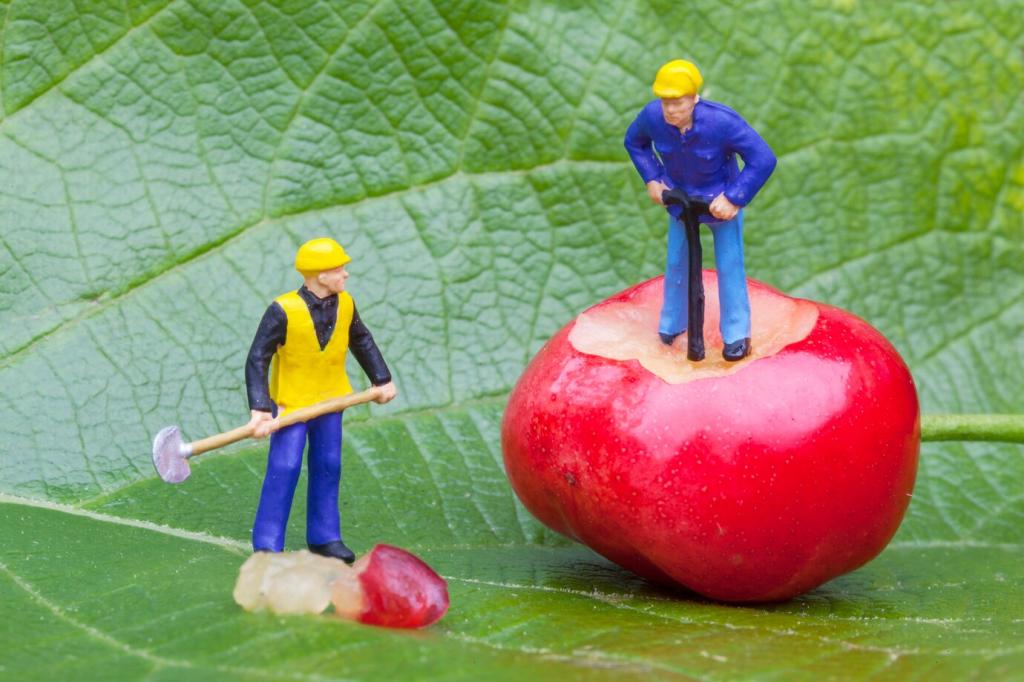Simple, Chemical-Free Cleaning Recipes
Mix one quart of warm distilled water with three to five drops of unscented castile soap. Dampen, never drench, a cloth and wipe with the grain. Follow with a dry buff. Comment if you prefer a spray bottle or a small bowl for better control.
Simple, Chemical-Free Cleaning Recipes
Melt one part filtered beeswax with three parts food-safe oil such as fractionated coconut or pure walnut oil (avoid if nut-allergic). Cool to a soft balm, rub sparingly, and buff. Tell us your buffing technique for that satisfying, low-sheen glow.







